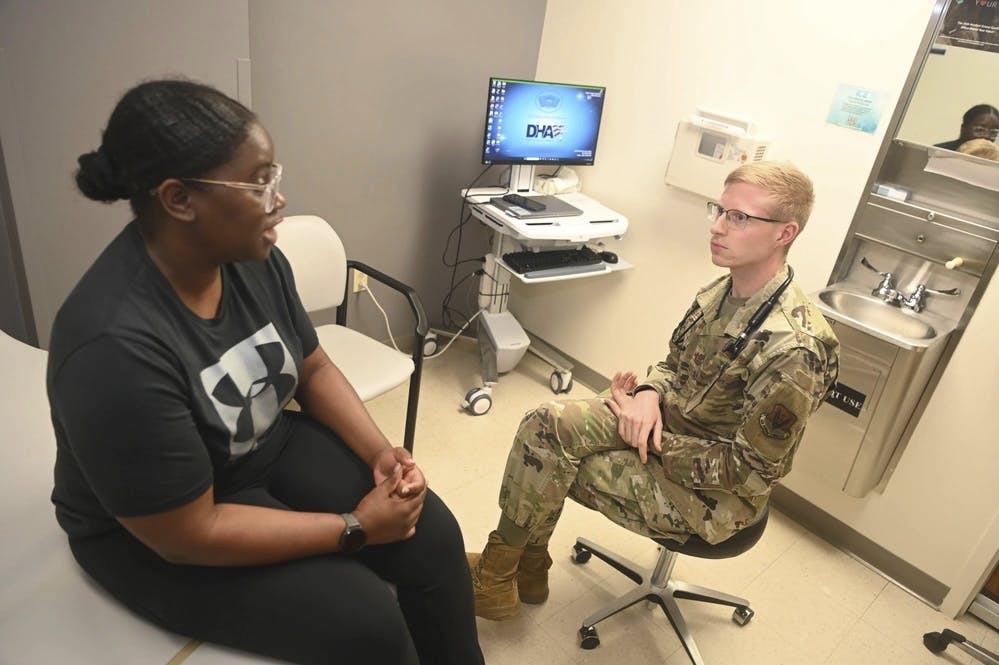National Archives Plans Shift to Electronic Records Management for Government
The transition will be in full effect by 2022, says chief records officer.

As federal agencies look to consolidate data centers and move more of what they do to the cloud, they must also considered recordkeeping regulations on how to store that information in the long term. The National Archives and Records Administration is currently putting together tools to transition the federal government from analog to electronic records within a few years.
The transition has been underway since 2011 from a presidential mandate followed by Congressional directives in 2012, said Chief Records Officer Laurence Brewer during a May 6 webinar. One of the biggest steps to electronic record management came last year, when NARA began managing all government electronic records in an electronic format. Previously, managing electronic records, such as emails, involved printing out copies of those records and storing them in analog form in federal records facilities.
By the end of this year, NARA will have policies and procedures in place to support fully electronic recordkeeping at the federal level, including how to store analog records digitally. The current pandemic has not slowed NARA’s move toward this target, but instead underscored the significance of moving to electronic records management.
“As we are all working at home, we see the benefits of what electronic records can do,” Brewer said.
The mass shift to telework prompted several agencies to contact NARA about records management during the COVID-19 pandemic. In response, the agency released an FAQ on April 23 outlining how to maintain records during telework. Brewer added that NARA maintains a list of appraisal archivists who are experts in managing records for specific agencies, who can help with any particular challenges.
Brewer said the biggest transformation will come in 2022, when agencies will be expected to manage all of their records electronically, and NARA will only accept electronic records with appropriate metadata. By 2022, NARA will also mandate that agencies close agency-operated records centers, transferring inactive records either to federal records centers or to commercially operated ones. At that point, all new records will either be stored at commercial facilities or in an electronic format.
Brewer explained the importance of having mandates to spur this process. NARA itself is a small agency that cannot support maintaining both analog and electronic records in the long run, he said. This mandate forces NARA to explore innovative solutions across the federal government.
“If we don’t have these mandates,” Brewer said, “we’re not going to be able to resource the change that needs to happen.”
The agency expects resourcing will be only one challenge it faces moving forward. Brewer mentioned that it is still working on how to maintain legacy records while at the same time planning for the increasing volume and complexity of future electronic records management. Across the government, it will also need to modernize digital infrastructure to facilitate electronic records management while working to get agency leadership buy-in on making the transition.
In the near future, NARA is communicating with agency records management professionals, including those who work in IT, FOIA and legal offices, while collaborating to develop cross-agency tools and solutions. It has partnered with GSA to develop standards for commercial vendors under GSA Schedule 36 and is working with OPM to revise position classification standards to incorporate skills and qualifications in electronic records management.
Additionally, NARA will be developing regulation standards for both temporary and permanent records, having just finished its work on developing universal standards and use cases for electronic records management.
“Stay tuned,” Brewer said. “There is a lot coming from NARA shortly.”
This is a carousel with manually rotating slides. Use Next and Previous buttons to navigate or jump to a slide with the slide dots
-

NIST to Release New AI Cybersecurity Guidance as Federal Use Expands
NIST plans to release AI cybersecurity guidance within the year to support safe adoption as federal agencies expand use cases.
4m read -

CIA Adds Fourth Pillar to AI Strategy, CAIO Says
Lakshmi Raman says the new pillar marks a strategic shift toward embedding AI more deeply into the CIA’s day-to-day mission execution.
3m read -

FEHRM CTO Targets Two-Year Cloud Migration for Federal EHR
Lance Scott touts new EHR tech advancements, including cloud migration, expanded data exchange and AI integration to improve care delivery.
4m read -

AI Enables Coast Guard’s Workforce to Transform Operations
The Coast Guard’s Deputy CIO Brian Campo delves into the ways AI is pushing the service to rethink its core services, workforce and operations.
14m watch







